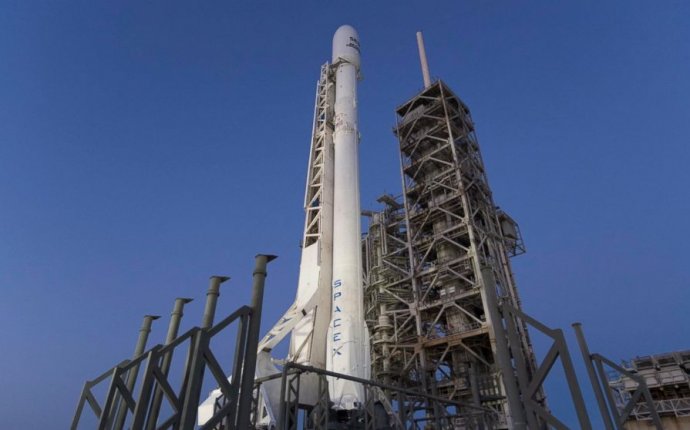
Unmanned space exploration
Dreams of Other Worlds describes the unmanned space missions that have opened new windows on distant worlds. Spanning four decades of dramatic advances in astronomy and planetary science, this book tells the story of eleven iconic exploratory missions and how they have fundamentally transformed our scientific and cultural perspectives on the universe and our place in it.
The journey begins with the Viking and Mars Exploration Rover missions to Mars, which paint a startling picture of a planet at the cusp of habitability. It then moves into the realm of the gas giants with the Voyager probes and Cassini's ongoing exploration of the moons of Saturn. The Stardust probe's dramatic round-trip encounter with a comet is brought vividly to life, as are the SOHO and Hipparcos missions to study the Sun and Milky Way. This stunningly illustrated book also explores how our view of the universe has been brought into sharp focus by NASA's great observatories-Spitzer, Chandra, and Hubble-and how the WMAP mission has provided rare glimpses of the dawn of creation.
Dreams of Other Worlds reveals how these unmanned exploratory missions have redefined what it means to be the temporary tenants of a small planet in a vast cosmos.
Reviews:
"Dreams of Other Worlds synthesizes that knowledge as it has been derived from unmanned spacecraft in the half-century since NASA was founded in 1958. . . . One of the strengths of Dreams of Other Worlds is its discussion of how the data generated by any given mission continues to produce results long after the mission ends. . . . An account of a magnificent panorama of knowledge."-Konstantin Kakaes, Wall Street Journal
"Refreshing. . . . [W]ell-analysed and presented in a scholarly yet engaging way. . . . [F]rom the interior of the Sun to the outer reaches of our Solar System-Impey and Henry are able guides. They explain the scientific imperative of these missions in a way that is accessible and interesting to specialists and generalists."-John Zarnecki, Nature
"Although less sexy than manned space travel, satellites, probes and landers have produced a scientific bonanza with more to come. Impey and Henry team up for an enthusiastic account of a dozen programs. . . . The authors' largely uncritical, gee-whiz approach is entirely appropriate since these programs were not only technological marvels, but produced dazzling, quantum-leap discoveries."-Kirkus Reviews
"[W]ell-balanced. . . . This richly illustrated work of remarkable scholarship spans the depths of the solar system, the Milky Way, and beyond, revealing how the great leaps forward in astronomy have brought into focus a landscape few could have imagined. The authors present a combination of hard science and edifying narrative that is both informative and entertaining. Recommended for NASA 'nerds' and anyone with even a passing interest in astronomy."-Library Journal
Table of Contents:
1 Introduction 1
2 Viking: Discovering the Red Planet 13
3 MER: The Little Rovers That Could 40
4 Voyager: Grand Tour of the Solar System 74
5 Cassini: Bright Rings and Icy Worlds 111
6 Stardust: Catching a Comet by the Tail 137
7 SOHO: Living with a Restless Star 161
8 Hipparcos: Mapping the Milky Way 186
9 Spitzer: Unveiling the Cool Cosmos 211
10 Chandra: Exploring the Violent Cosmos 242
11 HST: The Universe in Sharp Focus 270
12 WMAP: Mapping the Infant Universe 302
13 Conclusion: New Horizons, New Worlds 327











